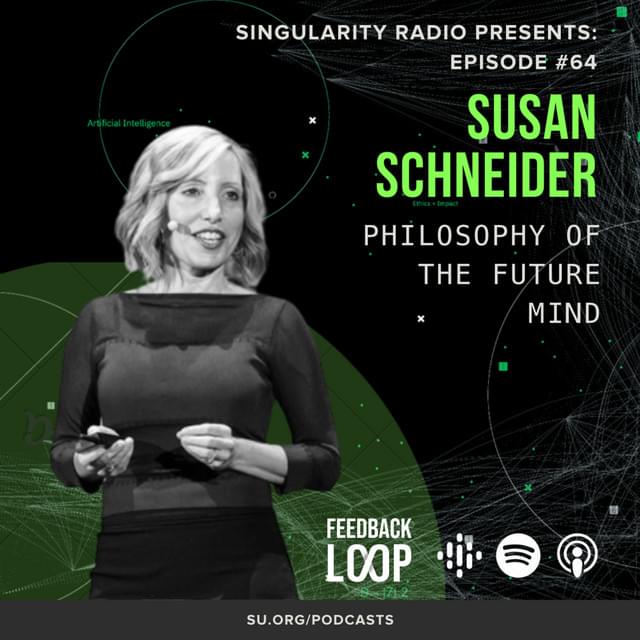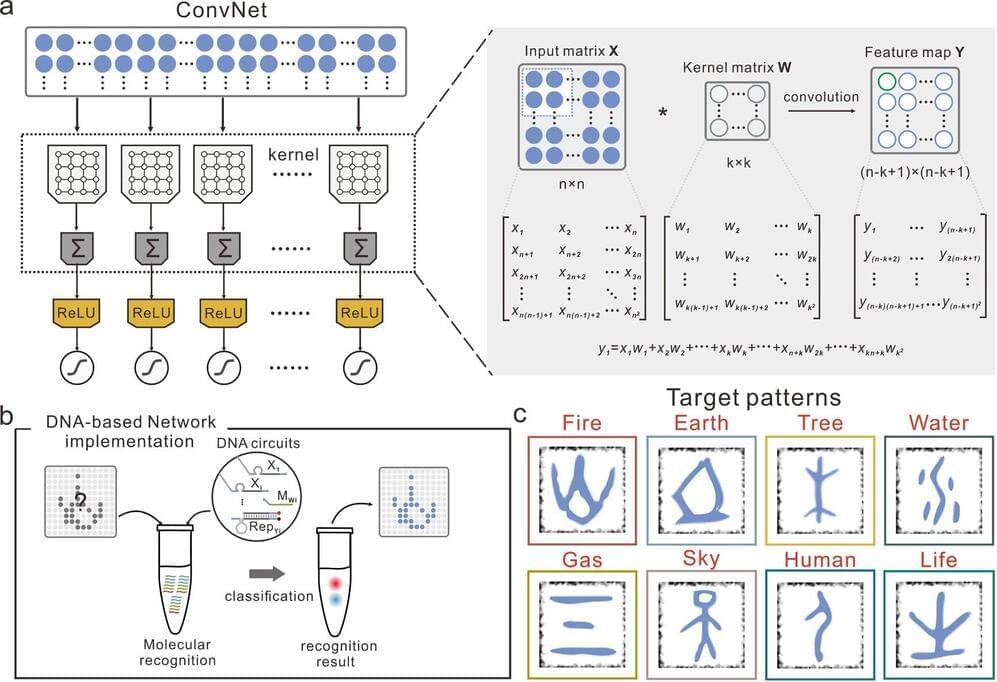Meatable has become the latest company to reveal a new cultured food product – lab-grown sausages, which could offer a more sustainable and ethical choice for consumers in the near future.


An aerial view of the NELHA facilities in Kona, Hawaii. Makai has installed undersea pipelines that descend to 915 m (3,002 ft) water depth at a temperature of 4° C (39° F).
Seawater Air Conditioning (SWAC) takes advantage of available deep cold water from the ocean, a river, or lake, to replace conventional AC systems. Such a system can also utilize cold lake or river water as the cold source.
SWAC feasibility studies for a variety of sites indicate that electrical consumption is typically reduced by 80 to 90 percent. Simple payback can be from three to seven years, and long term costs can be half that of a conventional air conditioning system.

Are we alone?
We are two scientists who study exoplanets and astrobiology. Thanks in large part to next-generation telescopes like Webb, researchers like us will soon be able to measure the chemical makeup of atmospheres of planets around other stars. The hope is that one or more of these planets will have a chemical signature of life.
Life might exist in the Solar System where there is liquid water — like the subsurface aquifers on Mars or in the oceans of Jupiter’s moon Europa. However, searching for life in these places is incredibly difficult, as they are hard to reach, and detecting life would require sending a probe to return physical samples.
Many astronomers believe there’s a good chance that life exists on planets orbiting other stars, and it’s possible that’s where life will first be found.


The July issue of Scientific American magazine has a terrific review of the Voyager space mission that details the trips Voyagers 1 and 2 have made through the Solar System. The article is titled “Record-Breaking Voyager Spacecraft Begin to Power Down.” Both spacecraft have now entered interstellar space and are the first human artifacts to do so. Tim Folger wrote the article for Scientific American. Towards the end of the article, Folger points out that Voyagers 1 and 2 were designed before the advent of the microprocessor and that the mission has lasted 44 years, so far, which is about 40 years longer than the planned design life for the spacecraft.
The article then quotes Stamatios Krimigis, a PhD physicist and space scientist who’s spent more than half a century at the Johns Hopkins Applied Physics Laboratory. Krimigis says, “The amount of software on these instruments is slim to none. On the whole, I think the mission lasted so long because almost everything was hardwired. Today’s engineers don’t know how to do this. I don’t know if it’s even possible to build such a simple spacecraft [now]. Voyager is the last of its kind.”
Now hold on there.

This week our guest academic philosopher, Susan Schneider, who is the founding director for the Center for the Future Mind at Florida Atlantic University, as well as the author of the 2019 book, Artificial You: AI and the Future of Your Mind. In this episode we focus heavily on Susan’s thoughts, hopes, and concerns surrounding the current conversations regarding artificial intelligence. This includes, but is certainly not limited to, the philosophical and ethical questions that AI presents in general, the feasibility of mind uploading and machine consciousness, the ways we may end up outsourcing our decision making to machines, how we might merge with machines, and how these potential tech futures might impact identity and sense of self. You can learn more about Susan at schneiderwebsite.com, and find out how to get involved with her work at fau.edu/future-mind ** Host: Steven Parton — LinkedIn / Twitter Music by: Amine el Filali.
41 MINS

To grow a building at jerusalem design week 2022 For Jerusalem Design Week 2022, the 11th edition of Israel’s foremost annual design event, a group of designers took to Hansen House to present ‘To Grow a Building’, an outdoor performative lab that imagined the possibility of a world in which…
Jerusalem design week 2022 presents ‘to grow a building’, a performative lab that imagines a 3D printed organic architecture.


Molecular computing is a promising area of study aimed at using biological molecules to create programmable devices. This idea was first introduced in the mid-1990s and has since been realized by several computer scientists and physicists worldwide.
Researchers at East China Normal University and Shanghai Jiao Tong University have recently developed molecular convolutional neural networks (CNNs) based on synthetic DNA regulatory circuits. Their approach, introduced in a paper published in Nature Machine Intelligence, overcomes some of the challenges typically encountered when creating efficient artificial neural networks based on molecular components.
“The intersection of computer science and molecular biology is a fertile ground for new and exciting science, especially the design of intelligent systems is a longstanding goal for scientists,” Hao Pei, one of the researchers who carried out the study, told TechXplore. “Compared to the brain, the scale and computing power of developed DNA neural networks are severely limited, due to the network size limitations. The primary objective of our work was to scale up the computing power of DNA circuits by introducing a suitable neural network model for DNA molecular systems.”